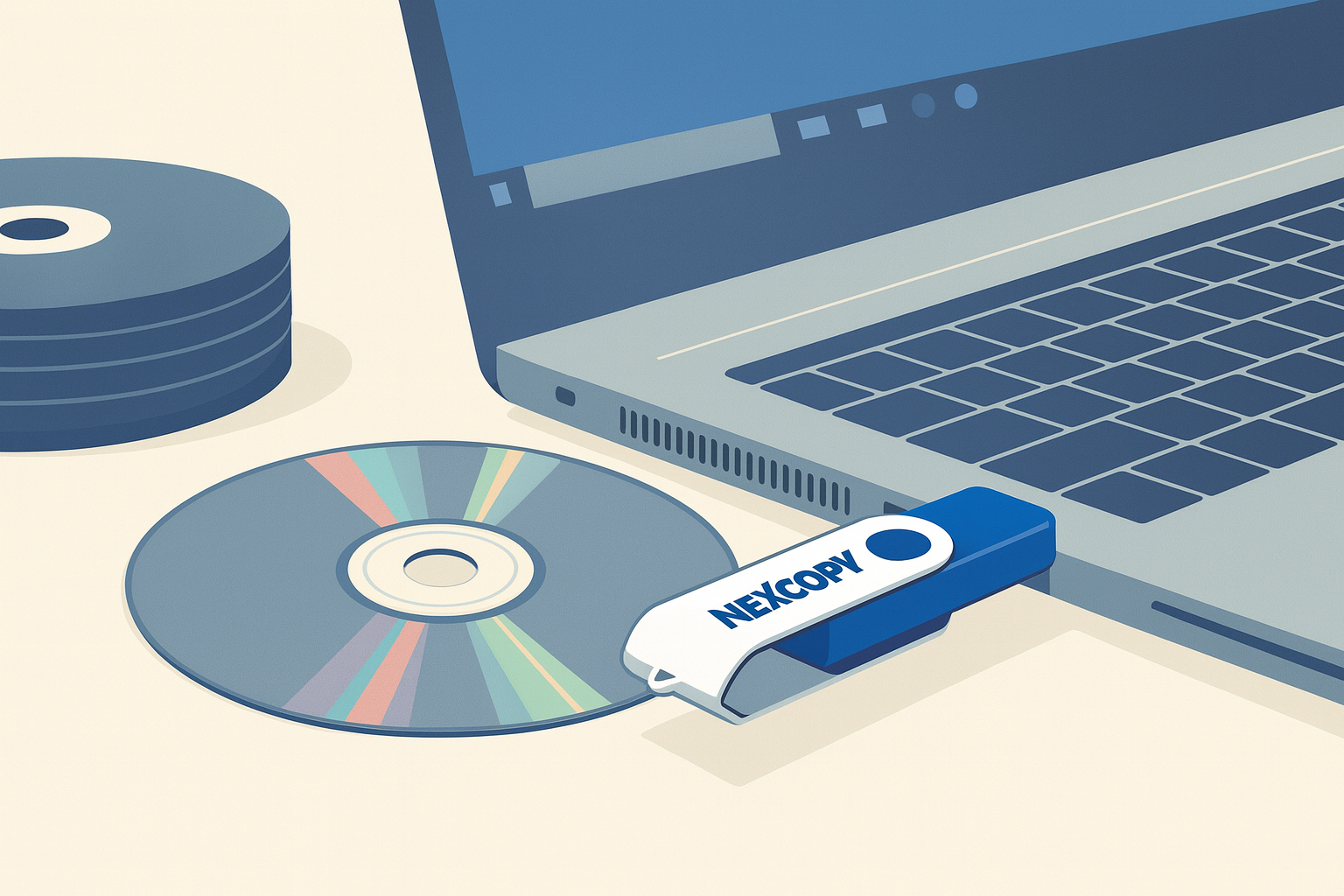Uno strumento più facile per l’avvio da un file immagine
An Easier Tool for Booting from an Image File

With bootable USB drives becoming more common and fewer machines being shipped with CD drives, ISO image files and other forms of portable software have become the new standard for software distribution. To support this shift, Rufus allows you to convert an ISO image into a bootable USB drive in just a few minutes.
Rufus is a lightweight and easy-to-use Windows utility that creates bootable USB drives from ISO images. It includes options to correctly identify the type of image (such as installation disks or operating systems) and checks the image size against the available space on the USB drive. The process itself doesn’t take long, although it depends on the ISO size and the write speed of the USB stick.
It’s important to note that the resulting drive is not a USB CD-ROM partition, but simply a bootable device. Additionally, for “sensitive” installations such as proprietary operating systems or commercial software, files can still be copied and shared without meaningful restrictions. At best, a supplier could make the drive read-only, but this is more of a deterrent than true protection.
To address this issue, USB content protection solutions and products like Lock License USB drives offer integrated security. With these products, drives can be locked after creating the bootable USB with Rufus, providing a simple and secure two-step distribution method.
Un po’ di storia su Rufus. Nato nel 2011 come progetto open-source di Pete Batard, Rufus è cresciuto rapidamente grazie a un obiettivo chiaro: creare unità USB avviabili in modo semplice, veloce e affidabile. Nel tempo ha introdotto funzioni chiave come supporto UEFI/GPT, creazione di supporti per installazione di Windows e distribuzioni Linux, verifica degli hash per controllare l’integrità delle ISO e opzioni per la persistenza dati con alcune distro. Il programma è leggerissimo, portatile (nessuna installazione), tradotto in molte lingue e aggiornato con costanza — caratteristiche che spiegano perché la community lo preferisce per creare chiavette di installazione o di recovery in pochi minuti.
Perché piace agli utenti. Oltre alla velocità di scrittura e all’interfaccia essenziale, Rufus rileva automaticamente molte impostazioni ottimali in base all’immagine ISO, riducendo gli errori. Funziona bene anche con hardware datato, supporta diversi file system (FAT32, NTFS, exFAT) e gestisce scenari complessi come l’avvio in modalità sicura UEFI. In pratica: meno clic, meno tempo perso, più probabilità che la chiavetta si avvii al primo colpo.
Alternative e opzioni avanzate. Esistono altri strumenti per creare USB avviabili (ad esempio utility integrate nelle distro, strumenti OEM o altri creator multi-piattaforma). Quando però il requisito non è solo “avviabile” ma anche sicurezza, controllo e gestione del supporto fisico, entrano in gioco soluzioni hardware dedicate. Le Advanced USB Flash Drives di Nexcopy offrono funzioni come protezione da scrittura a livello controller, partizioni multiple (inclusa emulazione CD-ROM), blocco/sblocco via GUI o riga di comando e profili di distribuzione ripetibili su larga scala. In combinazione con un creator come Rufus, consentono di preparare il contenuto e poi “sigillare” il dispositivo, ottenendo un flusso di distribuzione professionale e più resistente a manomissioni.
Trackback dal tuo sito.

